How to Choose the Right Breed for Your Riding Style
The world has more than 350 horse breeds, and each one brings something special to your riding experience.
Your perfect match might be waiting among the agile Thoroughbreds that excel at show jumping. Maybe it’s with the gentle Quarter Horses that beginners love, or the tough Arabians built for long trail rides. Your riding style, experience, and physical characteristics will help you pick the right breed.
A horse’s lifespan stretches 25-30 years on average. Healthcare, livery, and insurance costs add up quickly. This makes your breed choice more than just a preference – it becomes a vital investment in your riding future.
Want to find out which horse breed matches your style and experience perfectly? Let’s look at your options together.
Understanding Your Riding Goals and Experience Level
Choosing the best horse breed starts with taking a good look at yourself. You need to understand your equestrian profile and dreams before learning about breed characteristics.
Assessing your current riding abilities
Your skill level determines which horse temperament matches you best. Riding experts say beginners need horses with calm temperaments that can forgive mistakes. Riders at intermediate levels should look for mounts with more energy and athleticism. Advanced equestrians can handle horses with higher spirits.
You must be completely honest about your comfort zone boundaries. Your confidence affects your horse’s behaviour directly. Riders who overestimate their abilities might end up “overmounted” – with a horse beyond their skill level. This creates anxiety and potentially dangerous situations.
Mature horses aged 8-10 years offer reliability through their handling experience – perfect for first-time riders. On top of that, qualified instructors can help you assess your abilities objectively and point you toward suitable horse types.
Identifying your short and long-term equestrian goals
Your equestrian dreams substantially affect breed selection. Ask yourself if you want leisure rides or competitive success. Each breed excels at specific disciplines.
To name just one example, see these questions:
- Will you participate in shows or prefer trail riding?
- Are you interested in English riding (dressage, jumping) or Western disciplines?
- Do you have specific competition goals or ride mainly for pleasure?
Performance-focused breeds with specific attributes become essential for competitive riding. An all-rounder might suit you better if you want general recreational riding. The evolution of breeds selected for sports performance has brought us horses specifically bred for dressage, eventing, and endurance.
How riding frequency affects breed selection
Your saddle time affects which breed will thrive under your care. Horses need different temperaments and training maintenance based on how often they’re ridden.
Most horses become gentler with regular riding. Less frequent schedules might call for naturally docile breeds. Your realistic commitment level matters when selecting for competition. Can you dedicate enough training time to reach your goals?
Frequency shapes training progression too. Count the days you spent 30+ minutes in the saddle last year. This reality check helps create a training plan matching your actual commitment rather than wishful thinking.
Some high-performance breeds need consistent work to maintain their training and physical condition. These breeds might not suit occasional riders.
Matching Horse Breeds to Rider Physique
The match between you and your horse’s physical build is just as vital as matching your riding styles or personalities. The right proportions will give you comfort, safety, and the best performance for both of you.
What height horse should I ride?
Your height plays a big role in finding a horse that fits you well. Here’s a simple guide: Riders under 162 cm usually fit best on horses between 142-152 cm at the withers. Riders between 162-178 cm match well with horses from 152-162 cm. Taller riders over 178 cm need horses taller than 162 cm.
The horse’s width matters by a lot too. Some shorter horses with wider barrels give taller riders more leg room. A horse that’s too wide puts extra pressure on your hip joints and makes it harder to move with your mount.
Weight-carrying capacity of different breeds
Horses can safely carry 15-20% of their body weight, including tack and equipment. A 500kg thoroughbred can carry up to 13½ stone (86 kg). Draft breeds are exceptional – they can handle riders over 250 lbs (113 kg).
Different breeds have unique weight limits:
- Draft horses (Percherons, Clydesdales): Up to 400 pounds (181 kg)
- Quarter Horses: 200-300 pounds (90-136 kg)
- Thoroughbreds: 180-250 pounds (82-113 kg)
Horses with thicker cannon bones and muscular backs show better weight-carrying ability than those with finer bones and less muscle.
The importance of rider-horse proportion
Wrong proportions hurt both horse and rider. Horses carrying too much weight suffer from muscle fatigue, lose muscle tone, and might develop skeletal problems. These issues show up as stumbling, falling, or behaviour changes like refusing to be tacked up.
Riders feel uncomfortable and struggle with balance on poorly sized horses. Your horse must keep adjusting when you can’t sit balanced, which might lead to long-term soundness issues.
Many formulas and ratios exist, but each horse-rider pair needs its own evaluation based on rider skill, horse fitness, exercise intensity, and breed characteristics.
Best Horse Breeds for Different Riding Styles
Each riding discipline needs specific horse qualities and temperaments. Your goals and physical attributes will help you choose the right breed that excels in your preferred riding style.
English riding: Dressage, jumping and eventing breeds
Andalusians show exceptional elegance and agility that makes them natural dressage performers. Dutch Warmbloods have become the most popular choice for dressage competitions because of their athletic ability and stamina. Lusitanos fit perfectly too, with their great personalities and natural training ability.
Thoroughbreds show amazing speed, athletic ability, and courage in jumping and eventing. Irish Sport Horses not only compete at the highest levels but often win eventing competitions. Trakehners excel at jumping thanks to their exceptional stamina from Thoroughbred and Arabian bloodlines. Hanoverians remain one of the oldest and most successful warmbloods that set standards in both dressage and show jumping.
Western riding: Cutting, reining and pleasure horses
Quarter Horses lead Western disciplines with their compact, muscular build and calm nature. Their champion Gunnatrashya’s offspring earned nearly GBP 1.87 million in 2023. Paint Horses have broad chests and strong centres of gravity that work great for reining moves. Appaloosas bring high coordination and power needed for precise exercises.
Western pleasure horses should have stable frames and smooth strides. Tennessee Walking Horses move smoothly and have caring personalities, while Morgans combine strength with cooperative temperaments.
Endurance and trail riding specialists
Arabians lead endurance competitions with their exceptional stamina and toughness. Their distinct hips, relaxed shoulders, and muscled haunches help them maintain energy over long distances. Akhal-Teke horses shine in long-distance races, a trait from their origins as war horses bred by desert nomads.
Paso Finos give riders an incredibly smooth experience on trails. Missouri Fox Trotters keep their energy throughout trail rides, and their sloped shoulders and strong backs support riders well.
Racing and competitive sport breeds
Thoroughbreds rule the racing world and can cover 1000m in 60 seconds. They evolved from cavalry horses into perfect racing specimens through selective breeding. Standardbreds shine in harness racing with their remarkable pacing abilities. Quarter Horses rule short-distance races, especially quarter-mile sprints where they show explosive speed.
Temperament Considerations for Horse and Rider
A unique partnership exists between horse and rider. This bond builds on mutual understanding and matching personalities. Research shows that compatible temperaments substantially affect both performance and enjoyment.
Matching your personality with horse temperament
Your psychological fit with your horse deeply affects your riding experience. Studies show riders who match their horse’s agreeableness and extraversion report better life satisfaction and fewer depression symptoms. Riders with extraversion traits similar to their horses showed higher self-efficacy.
Riders who don’t match their horse’s personality tend to feel more anxious and depressed. Before choosing a horse, think over whether your personality – quiet and methodical or outgoing and energetic – lines up with your potential equine partner.
Note that horses see and react to your emotions. A nervous rider with a sensitive horse often creates an anxiety cycle. Confident riders, however, tend to bring out the best in spirited mounts.
Best horse breeds for beginners and nervous riders
Temperament matters more than pedigree for novice equestrians. The best horse breed for beginners needs three qualities: calmness, forgiveness, and trainability.
Morgan horses rank at the top for beginners because of their eagerness to please and kind nature. American Quarter Horses give exceptional stability and predictability, which makes them ideal first mounts. Other great choices include:
- Tennessee Walking Horses with their practical, steady nature
- Welsh Cobs evolved from mountain ponies, providing reliability
- Haflingers, like Labrador retrievers in personality
- Icelandic Horses, perfect for riders who feel intimidated by larger mounts
We focused on helping beginners avoid very young horses and breeds with “hot” reputations. Look for mature horses (8+ years old) with solid training.
Breeds for confident and experienced riders
As riding skills grow, horses with spirited temperaments become better matches. Thoroughbreds and Arabians—though not right for beginners—give remarkable athleticism and responsiveness to experienced riders. These breeds show high energy, intelligence, and sensitivity to rider signals.
Andalusians need confident handling despite their intelligence and bravery. Without doubt, skilled riders can work with young horses that novices should avoid. This helps shape the horse’s early training experiences.
Keep in mind that personalities vary within breeds. Spend plenty of time with any potential mount before buying. The horse’s individual temperament matters more than breed standards in the end.
Conclusion
Picking the right horse breed is a vital decision that shapes your entire equestrian experience. You can find the perfect equine partner by thinking over your riding goals, physical attributes, and personality traits.
Each breed brings unique characteristics suited for specific disciplines. Quarter Horses shine in Western riding, while Thoroughbreds lead racing and jumping events. Arabians remain unmatched for endurance riding, and Morgans are a great way to get started for beginners.
Your success in horsemanship depends on how well you and your chosen mount get along. Look beyond breed standards and spend time understanding each horse’s temperament to see how it lines up with your personality and confidence level.
Choosing a horse breed means making a steadfast dedication for 25-30 years on average. Take time to assess everything – from riding style priorities to maintenance needs – before making this life-changing decision. The right match creates a rewarding partnership that boosts both your riding skills and overall equestrian experience.
FAQs
Q1. How do I determine the best horse breed for my riding style?
Consider your experience level, riding goals, and physical attributes. Beginners should opt for calm breeds like Quarter Horses or Morgans, while experienced riders might prefer more spirited breeds like Thoroughbreds or Arabians. Also, factor in your preferred discipline, such as Western riding or dressage, as certain breeds excel in specific areas.
Q2. What factors should I consider when choosing a horse for riding?
Focus on the horse’s temperament, willingness to work, and how it responds to you. Look for signs of a good disposition, such as forward-pointing ears and adjustability to your commands. Remember that a horse with a suitable temperament can often overcome other factors like size or age.
Q3. Is there a weight limit for horse riding?
Yes, current research suggests that horses should carry no more than 20% of their body weight, including the rider, tack, and equipment. This guideline helps ensure the horse’s comfort and prevents potential gait or behavioural issues caused by excessive weight.
Q4. Which horse breeds are known for their versatility in different riding disciplines?
Quarter Horses are renowned for their versatility, excelling in both Western and English disciplines. Other adaptable breeds include Thoroughbreds, which are great for racing and jumping, and Arabians, which are excellent for endurance riding and show competitions.
Q5. How important is matching my personality with my horse’s temperament?
It’s crucial for a harmonious riding experience. Studies show that riders who match their horse’s temperament in terms of agreeableness and extraversion report higher satisfaction and less anxiety. Consider whether your personality aligns with a calm, steady horse or a more spirited, energetic mount for the best partnership.

Welcome to Sell Your Horse, a platform dedicated to connecting equestrians with each other, making horse buying and selling easier and more transparent. With a focus on technology and community-building. My mission is to help like-minded equestrians find the right connections, share knowledge, and build a trusted equine network.






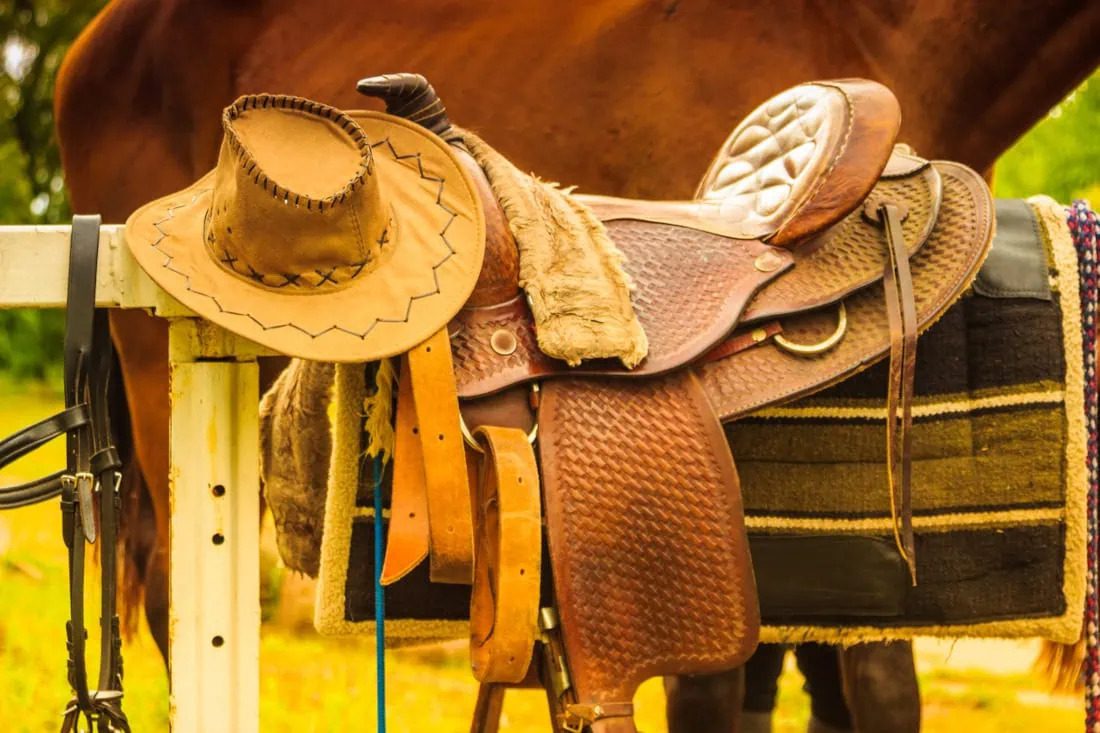
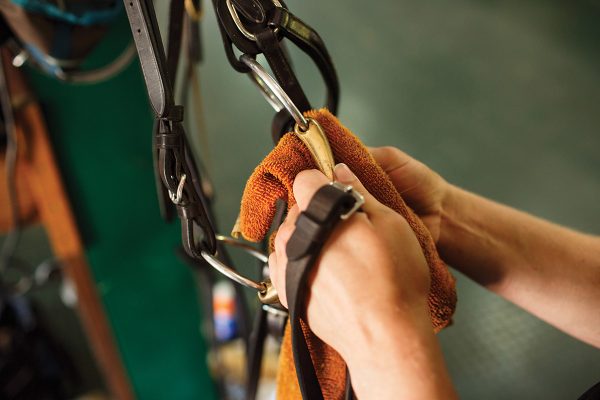

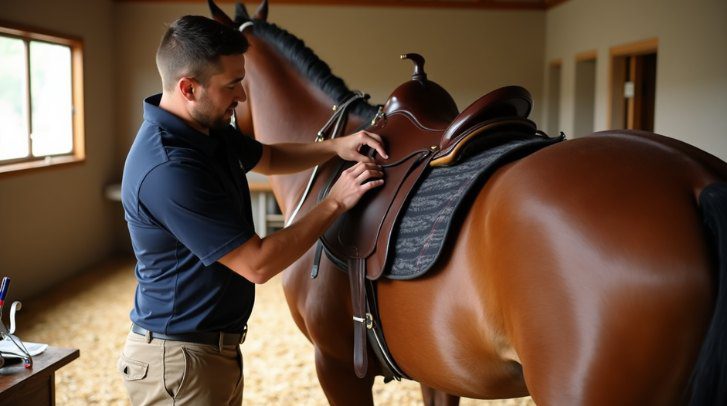
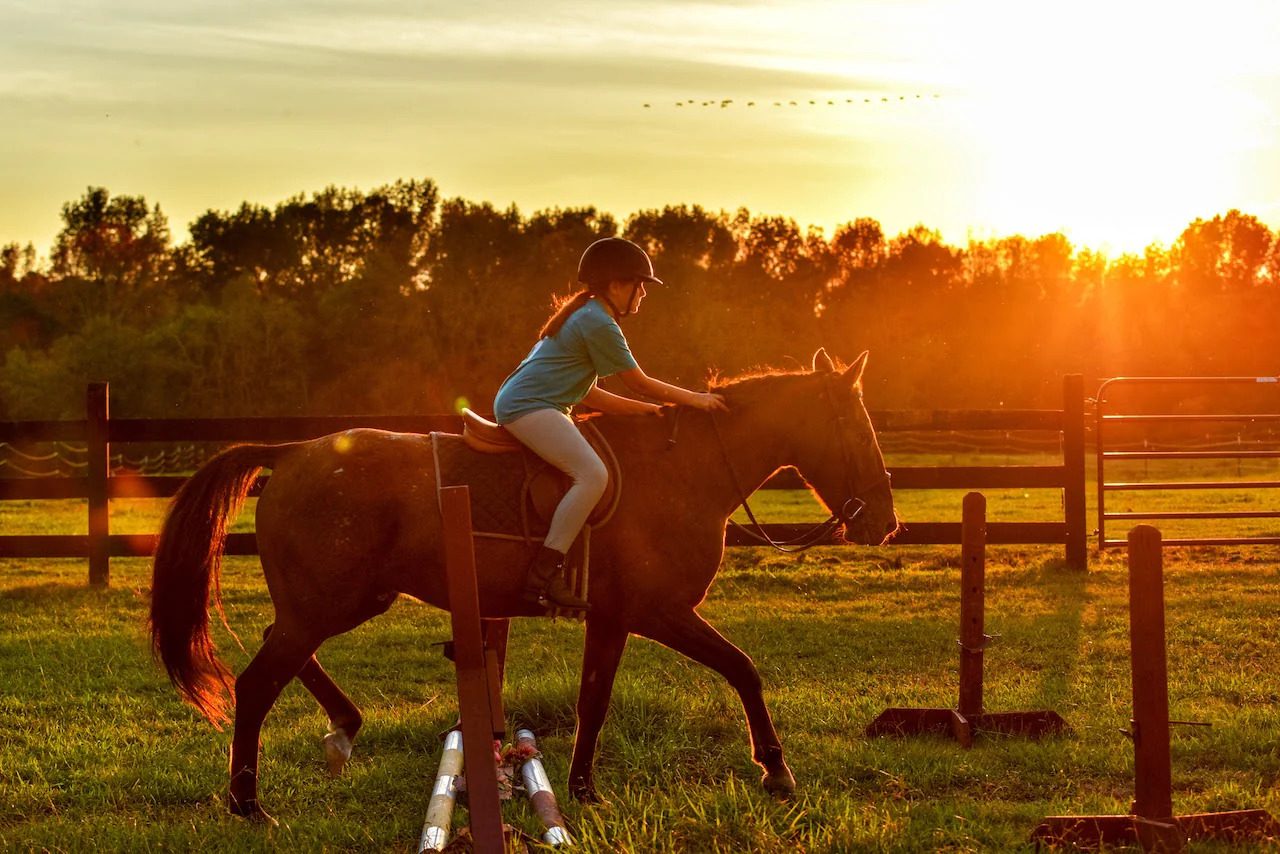
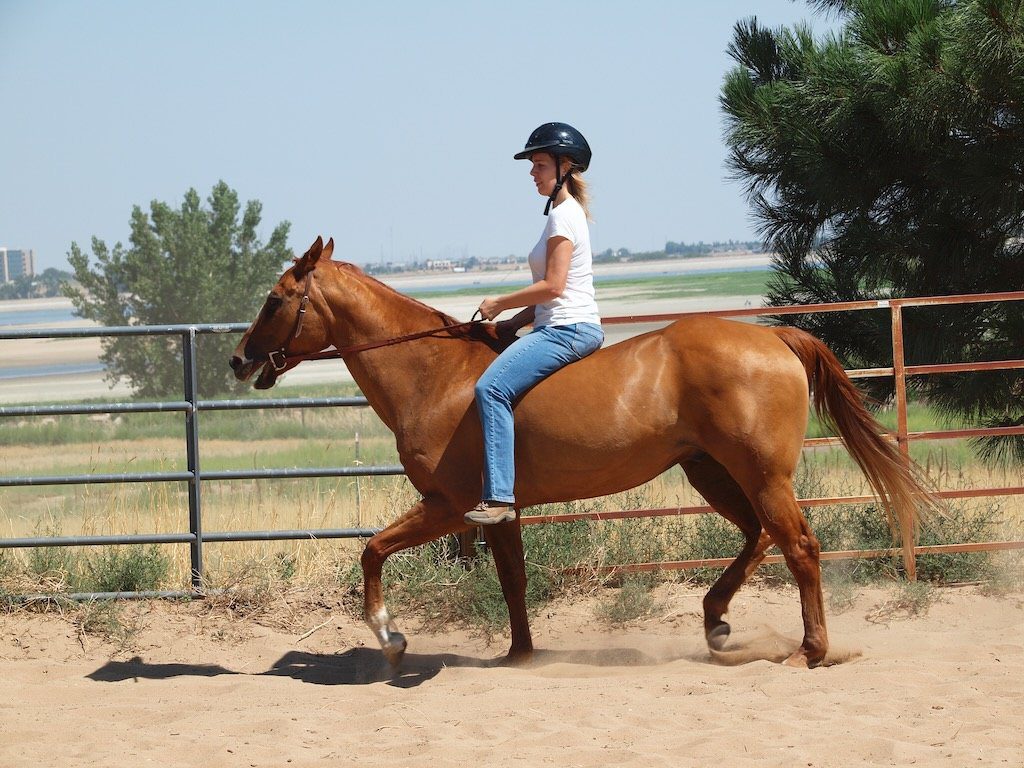
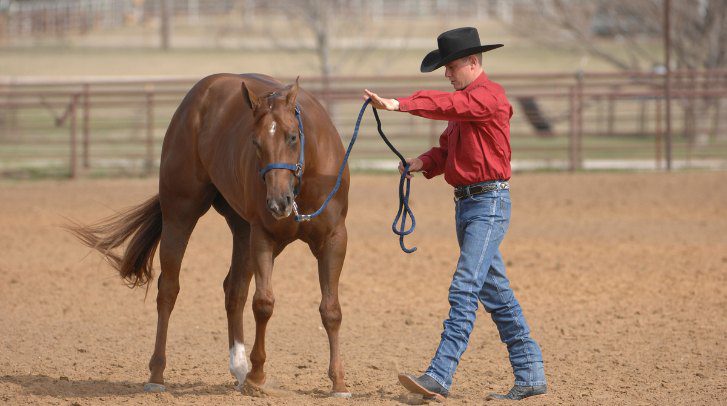
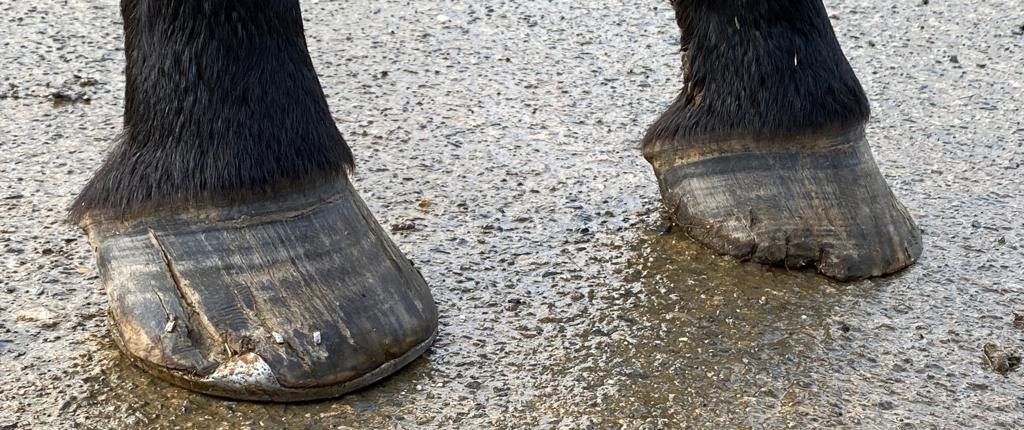
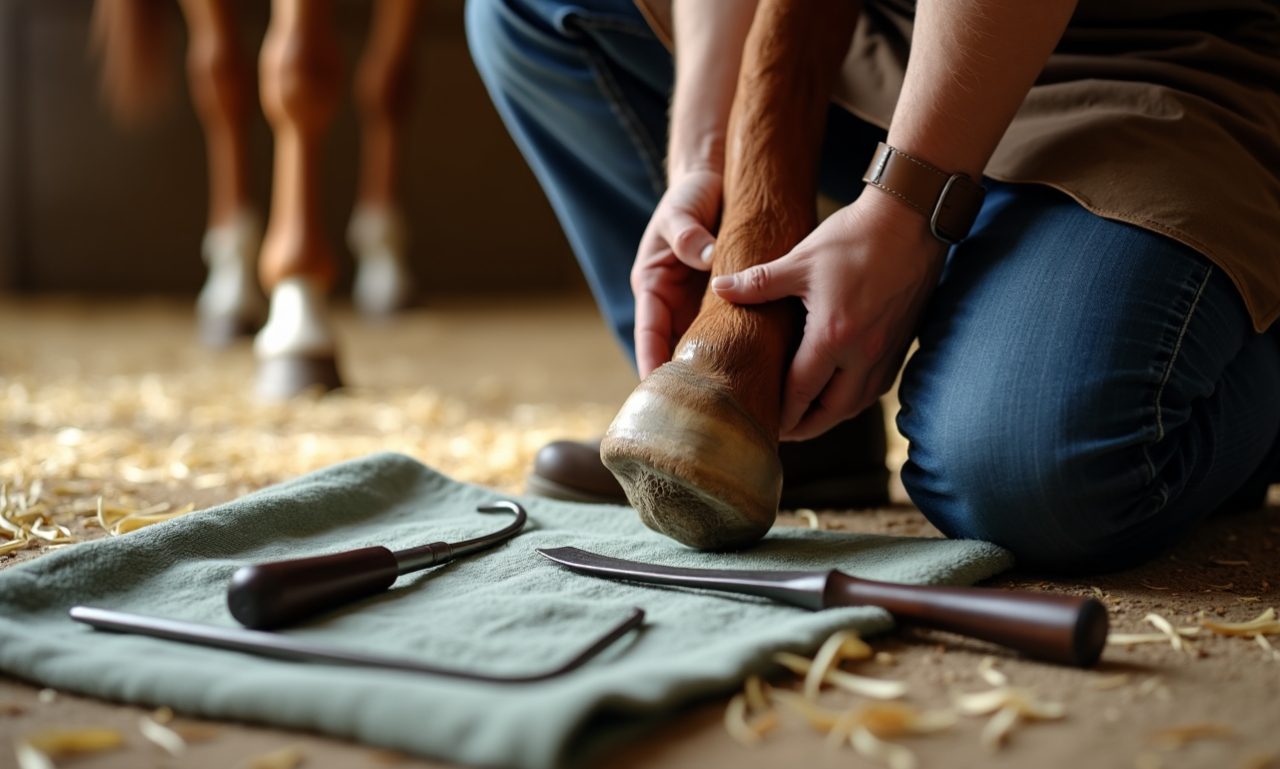
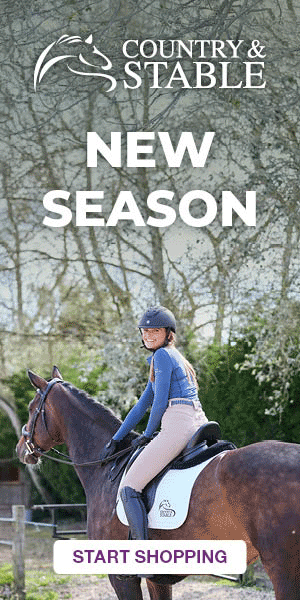
 Featured Listings
Featured Listings
 Adverts
Adverts
 Horses For Sale
Horses For Sale
 Tack & Equipment
Tack & Equipment
 Horseboxes & Trailers
Horseboxes & Trailers
 Equine Properties
Equine Properties
 4x4 Vehicles
4x4 Vehicles
 Horses For Loan
Horses For Loan
 Horses Wanted
Horses Wanted
 Stallions at Stud
Stallions at Stud
 Equine Services
Equine Services
 Riding Holidays
Riding Holidays
